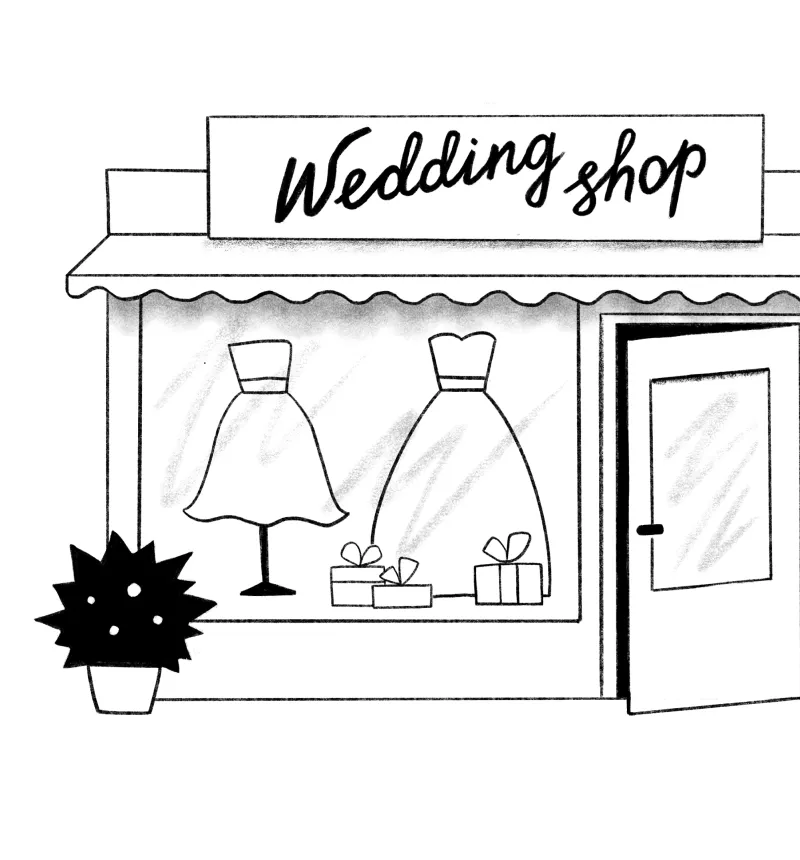Add, remove & assign phone numbers on demand
Manage, respond to, and share calls with your team
Send & receive any message you need to
Keep contact details in one place with a shared phonebook
For on-the-go teams to share messages, calls, and contacts
A full directory of all our included features

Don’t be afraid of bad reviews – learn how to respond to them well, instead

Independent businesses know that it’s in their best interests to respond to a positive review. Plus, it always feels good to read a favourable comment; it feels even better when you realise that others are also reading it.
Even if eight out of ten customers love your business and shower you with praise, there will always be some criticism. You can’t help it since people have different tastes and expectations. All you can do is learn how to respond to bad reviews.
Online reviews can help you grow your business — and yes, that includes bad reviews too. You should know how to respond to bad reviews because, among other things, they are crucial to the credibility of the online review system.
The importance of bad online reviews
Makes it credible: Nobody will believe a business that only has favourable reviews and glowing praise. A couple of bad reviews tells others that your business is real and that like everyone else, you too make mistakes.
Highlights key aspects: They signal to other customers things to look out for. For example, if a restaurant serves exceptionally spicy food, now others will know it. That’s also the reason people diligently read the customer reviews on e-commerce platforms.
Reveals problems: They bring hidden inefficiencies to the forefront. The music in your salon could be your favourite but what if most of your customers hate it?
Gives you a voice: Bad reviews give you an opportunity to show how you treat your customers. Others will keenly watch your behaviour and rate your business accordingly.
Shows customer insights: A regular scan of your bad reviews will show you what products or services to avoid and what you need to do to improve customer experiences.
So, independent businesses needn’t fear bad reviews. What you need to learn is how to respond to them professionally and constructively. To help you out, here’s a step-by-step practical guide that you can use to respond to bad reviews.
Step 1: Understand the review
It may seem obvious but it’s important to carefully read it a couple of times. You need to understand what the customer is referring to.
Are they talking about the quality of a product or service? If it’s a product, is it yours or do you merely deliver it? Are they referring to a delay in service or a problem with packaging? Are they talking about the behaviour of one of your team members?
This set of problems, believe it or not, can be solved through an apology and meaningful engagement. But the next set of problems will require tact.
Do they feel that they’ve been discriminated against? Do they believe that your small business made them feel alienated because they belong to a particular group? Are they calling for a boycott of your business?
This is why you have to carefully read the comments and understand the problem. Not all grievances are the same — some can quickly escalate.
Step 2: Discuss it internally
The next step is not to respond but discuss it with your team members. This will tell you whether the complaint is genuine or not. If you believe it’s genuine, then you’ve got to reach out and apologise.
But if it’s not based on a genuine experience, you have to collect evidence to prove your case. While on this topic, you should encourage your employees to admit if they had made any mistakes. This isn’t a punitive measure but a corrective procedure.
Step 3: Write your reply
If it’s a genuine complaint, you must be open and considerate in your response. While you respond, keep the following best practices in mind:
Personalise: Address the complainant by their first name. Importantly, you should be responding as a person and not as a business.
Apologise: Be empathetic and apologise for the mistake. Don’t hide behind jargon.
Gratitude: Thank the reviewer for bringing the problem to your attention.
Define: You didn’t start your independent business to disappoint customers or clients. While you apologise, make it clear that what happened was the exact opposite of your stated principles.
Engage: Offer to take the conversation to a private channel like a phone call or email.
Humanise: Invite the aggrieved customer to your business to show how you’ve changed. Tell them that you’ll personally prove it to them.
For example, this is how you could respond if someone leaves a bad review of your pet grooming services:
“Dear (first name), we’re so sorry that you and (if they mentioned their pet’s name, mention it here) had to go through a bad experience at our grooming centre. We opened our business because of our love for pets and our desire to bring joy to their lives. I am sorry that it didn’t happen this time.
I thank you for bringing the problem to my attention. We’ve had an internal discussion and taken corrective measures to make sure that it doesn’t happen to you or any other valued customer. If you were to visit us, I would personally apologise to (mention the pet’s name) and show you how we have changed. Once again, we are sorry.
If you’d like to talk more about it, please contact me at (email or phone number).”
In short
Bad reviews can happen even to good businesses. The solution is not to panic and question the worth of your efforts. Instead, use it as an opportunity to constructively engage with customers on an individual basis.

Continue reading
Positive reviews are a free opportunity to advertise. To grasp that chance, small businesses should employ the best practices to respond to them
Small businesses will always get their share of negative reviews but what matters is how they respond to them




